Going to a convention or a book show can be quite a nerve wracking and exhausting experience. So why go at all?
Plenty of reasons; inspiration, networking, fun, the chance to connect with new readers and put your work in front of publishers and agents. But you have to plan ahead a bit, lay a strategy – and be able to think on your feet and improvise when all your carefully laid plans go out the window. And they will!
I just got back from World Book Fair in New Delhi. Here’s a video postcard from the show:
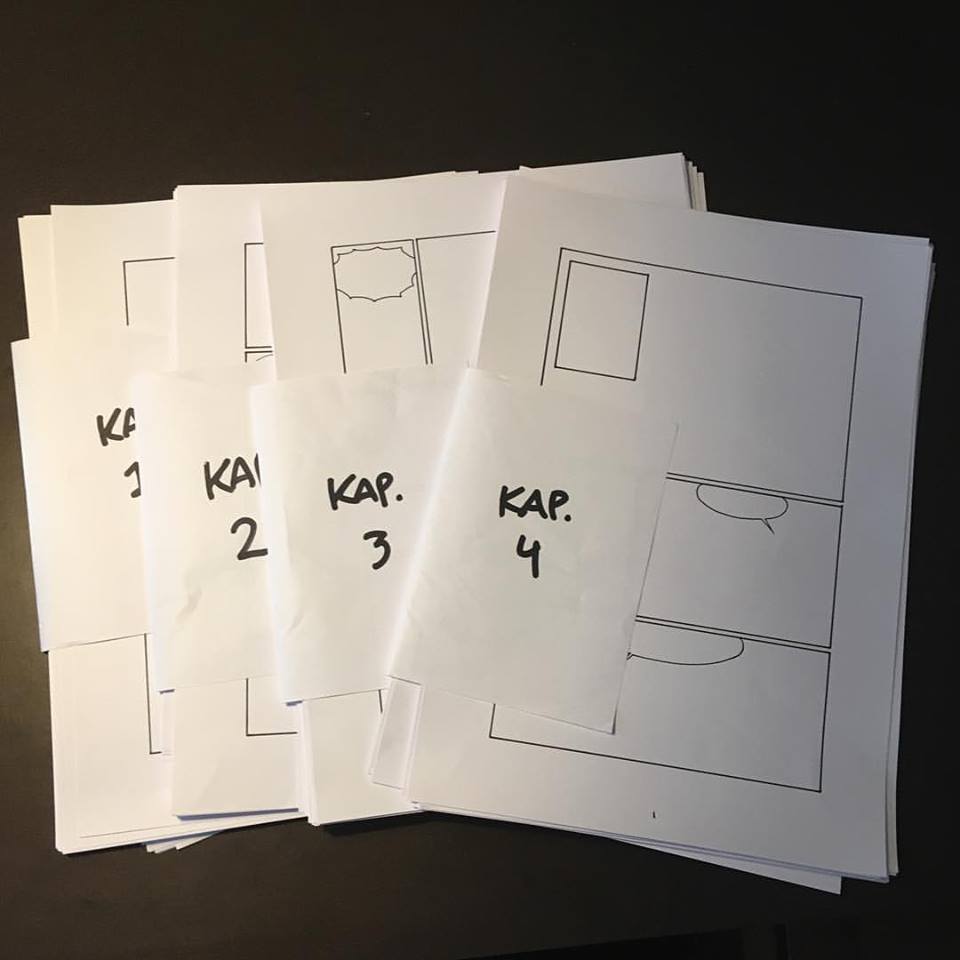 I recently posted this picture on Instagram and Facebook that got a lot of likes – and a lot of questions! So I thought I’d elaborate a bit on how I actually tackle the creation of a comic or graphic novel. I go into detail with certain elements in my
I recently posted this picture on Instagram and Facebook that got a lot of likes – and a lot of questions! So I thought I’d elaborate a bit on how I actually tackle the creation of a comic or graphic novel. I go into detail with certain elements in my 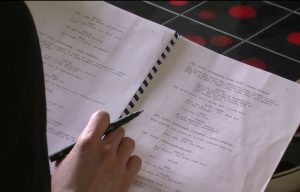 1: Script
1: Script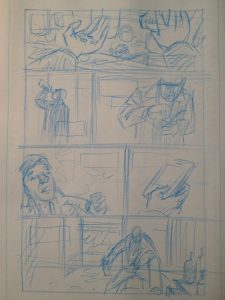 3: Rough sketches
3: Rough sketches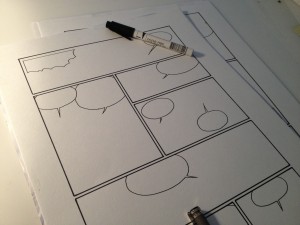 5: Borders and balloons
5: Borders and balloons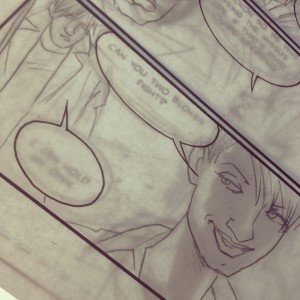 7: Inking
7: Inking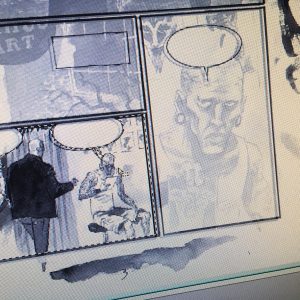 8: Scanning and clean-up.
8: Scanning and clean-up.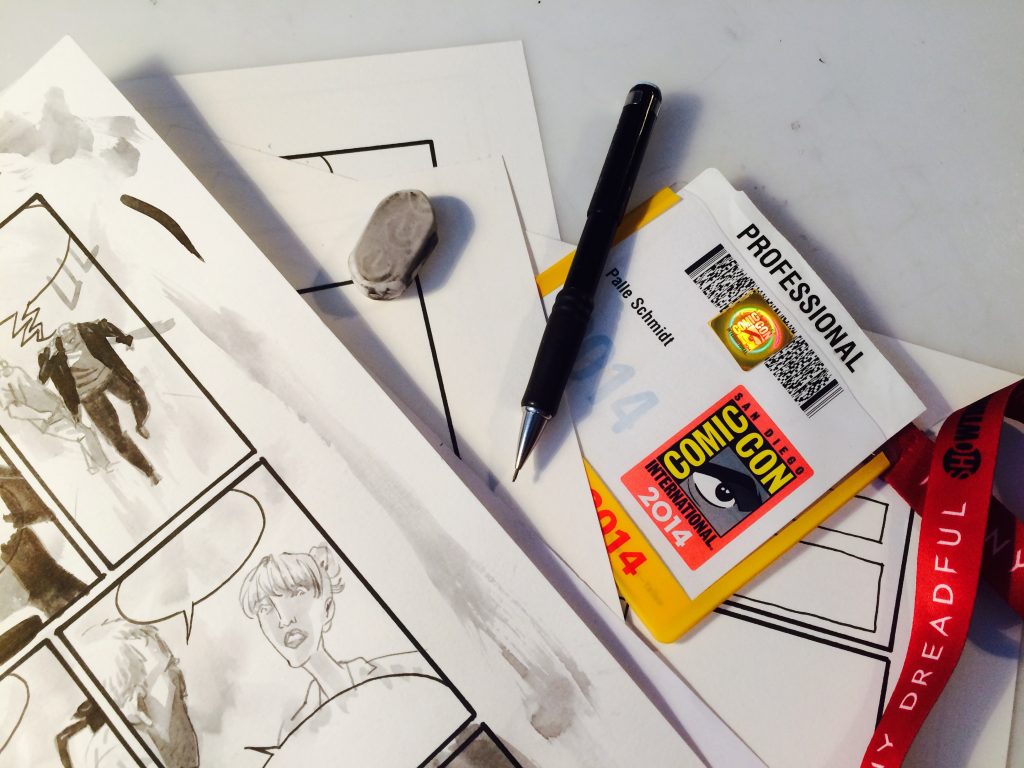 We artists often have a very self-deprecating nature. So let me go against the grain here and try to describe what I find makes me a professional. It’s not that I’m a great artist or a great writer (my self-deprecating nature forbids me to describe myself that way). But at least I’m a pro!
We artists often have a very self-deprecating nature. So let me go against the grain here and try to describe what I find makes me a professional. It’s not that I’m a great artist or a great writer (my self-deprecating nature forbids me to describe myself that way). But at least I’m a pro!